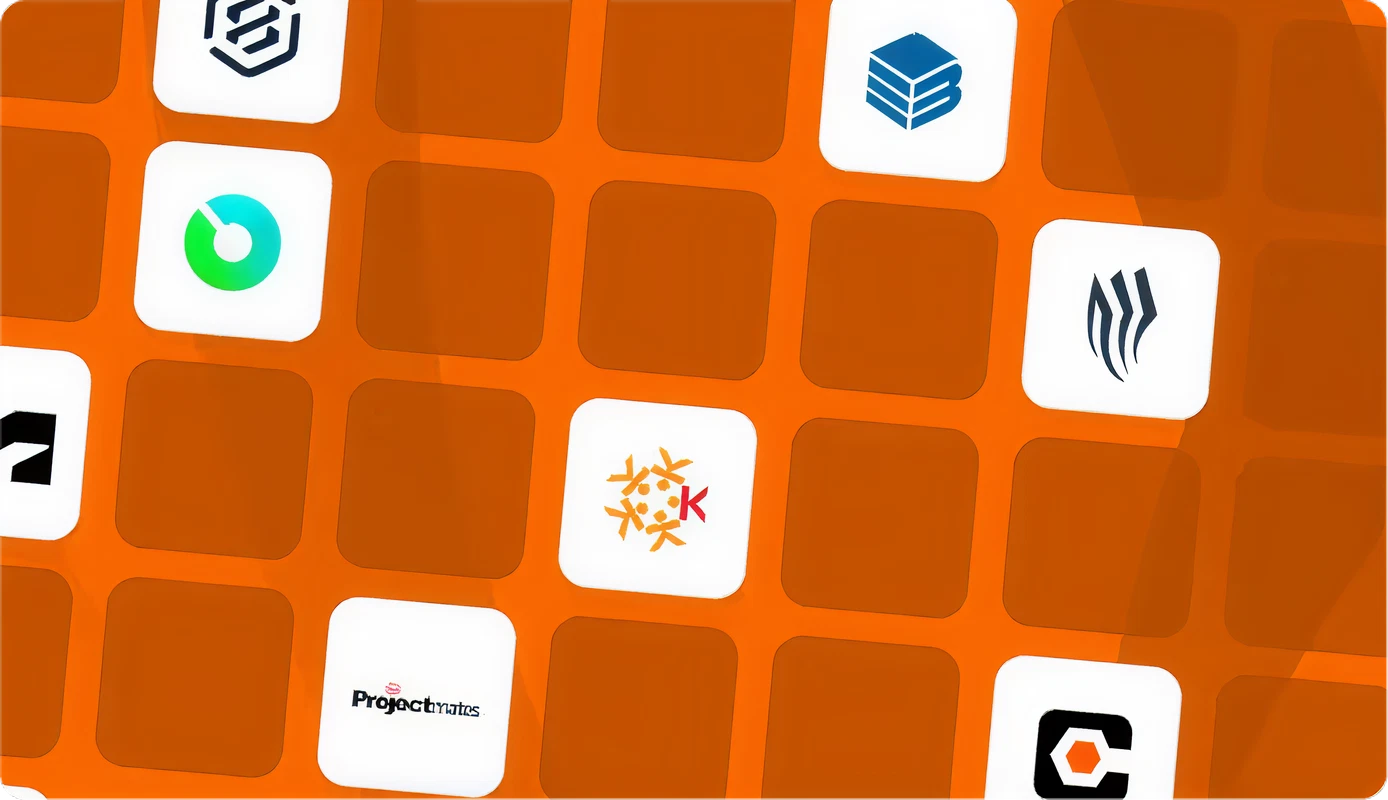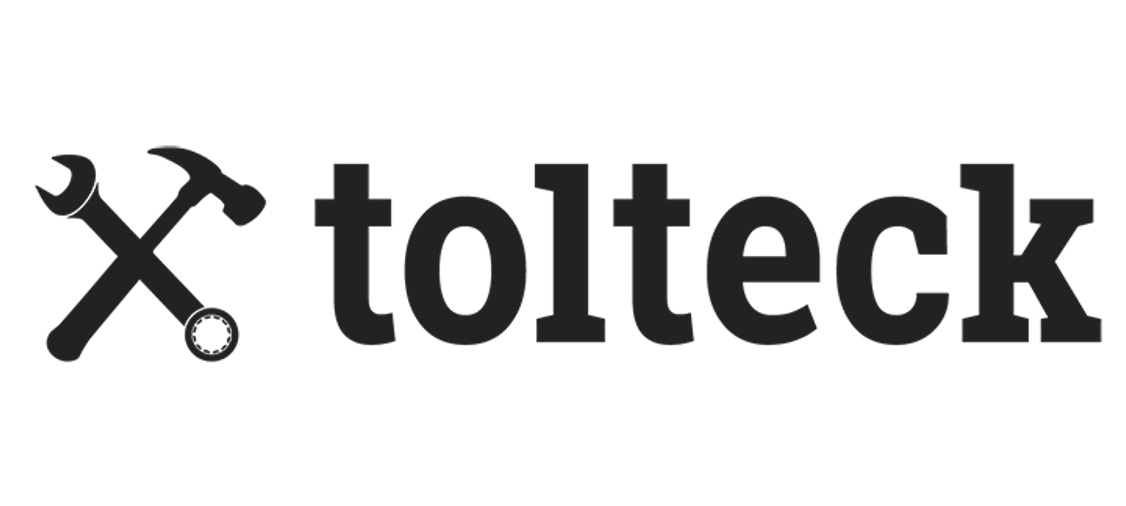Compare construction invoice software built to manage payments in 2025. Explore tools that automate invoicing, speed up approvals, and keep all billing aligned with contract terms and financial controls.

Simplify project billing and speed up approvals with invoicing software built for construction teams. These platforms manage billing, retainage, and compliance documents to maintain steady cash flow for both owners and contractors. Compare the leading invoicing solutions of 2025 and choose the one that fits your project needs.
Construction invoice software is a digital system that automates how invoices are created, reviewed, and tracked across construction projects. It connects billing directly to project contracts, cost codes, and progress milestones to ensure every invoice reflects approved work and agreed terms.
The software replaces manual spreadsheets with structured workflows for submitting, verifying, and approving invoices. Users can attach supporting documents, manage retainage and change orders, and track payment status in real time.
In construction invoicing, the software enables accurate progress billing and milestone payments while keeping all financial records consistent, traceable, and audit-ready.
Construction invoice software works by digitizing and automating the entire billing cycle while keeping all data tied to the original contract. It ensures invoices reflect verified work, approved budgets, and accurate cost allocations across the project.
The software for construction invoicing acts as the financial bridge between contracts, field progress, and accounting, giving all parties a clear, accurate picture of project billing at any moment.
Construction invoice software improves billing accuracy, speeds up payment cycles, and reduces administrative work by automating every stage of the invoicing process. It ensures that billing data stays consistent with project progress, approved budgets, and contract terms.
Automating invoice processing through invoicing software gives owners and project teams clearer financial control, fewer disputes, and a predictable payment process.
The ideal construction invoicing software should align with how your team creates, reviews, and approves invoices. The focus is automation, accuracy, and full visibility from contract setup to final payment.
When evaluating platforms, look for features that support these core billing workflows:
💡Pro Tip: Choose construction billing software that lets you define approval rules by contract type or dollar value. Automating these rules ensures the right reviewers see each invoice, cutting approval time while maintaining strict financial control.
Choosing the most fitting construction invoice management software involves testing how well each platform suits your billing process, data systems, and approval structure. The goal is to make sure the software mirrors your real workflow while improving speed, control, and accuracy.
Start by mapping every step of your invoicing process: who creates invoices, who reviews them, and where approvals slow down. Document the tools you currently use, such as spreadsheets or accounting systems. Once you identify the gaps, list the features you need, such as progress payment, retainage tracking, or digital sign-offs. Use that list as a benchmark when comparing platforms.
Request a live demo or trial that connects the software to your accounting or ERP platform. Send a test invoice through the workflow to confirm that data syncs correctly across systems. Verify that changes in cost codes, budgets, or payment records update automatically in both directions.
Set up custom approval routes inside the software. For example, configure invoices under a certain dollar amount to go directly to a project manager, while higher-value ones route to finance or the owner’s representative. Test the notifications, digital signatures, and audit trail to ensure approvals follow your organization’s hierarchy without bottlenecks.
Upload sample invoices with intentional errors, like missing retainage, incorrect line totals, or missing backup documents, to test the platform’s validation engine. Make sure it flags the errors and prevents submission until corrected. Strong validation helps enforce compliance and prevents costly overbilling or rework.
If your organization manages multiple active projects, test the platform’s scalability. Try generating and approving invoices across different projects at once. Check how dashboards handle consolidated reporting and whether approval rules stay consistent across projects.
Review the system’s reporting tools. Look for metrics that matter to your team: invoice aging, payment turnaround times, and outstanding retention. Export reports to Excel or integrate them with your financial dashboard to see how easily the data supports your decision-making process.
Hands-on testing is the most reliable way to evaluate invoice management platforms. Simulating real billing and approval cycles reveals how efficiently each system handles data flow, compliance, and coordination between teams.
Modern construction invoice management software brings structure and speed to a process that’s often slow and error-prone. By connecting contract data, project progress, and financial systems, the software gives teams a single view of where every dollar stands. The result is faster payments, stronger financial control, and reliable insight into project cash flow.
Recommended as the
Construction Invoice Software: Leading Platforms in 2025
Web-based, Cloud Integration
4.7/5 (Capterra)
Infrastructure & Public Works, Buildings & Real Estate, Industrial & Energy

PC, Mac, tablet, smartphone; offline support
4.5/5 (Capterra)
Contractors/trade services (electricians, plumbers, remodelers, landscapers)

Web, iOS, Android (mobile app + cloud access)
4.5/5 (Capterra)
Small-to-medium contractors, home improvement/trade services

Web, Mobile (iOS/Android)
4.3/5 (Capterra)
Contractors needing mobile invoicing & payments

Web
4.7/5 (Capterra)
Contractors with growing businesses needing scalable invoicing/billing

Web
4.6/5 (SoftwareAdvice)
Contractors and small businesses needing flexible billing/invoicing workflows


